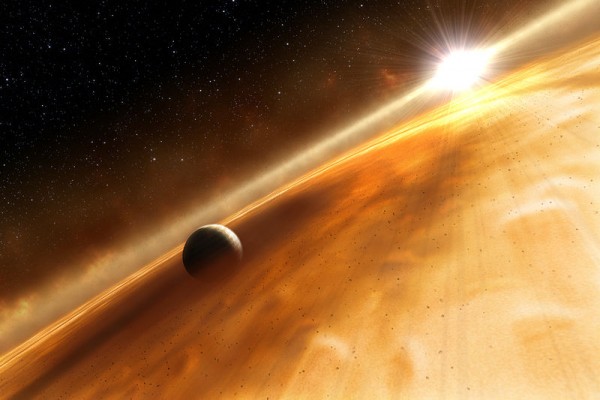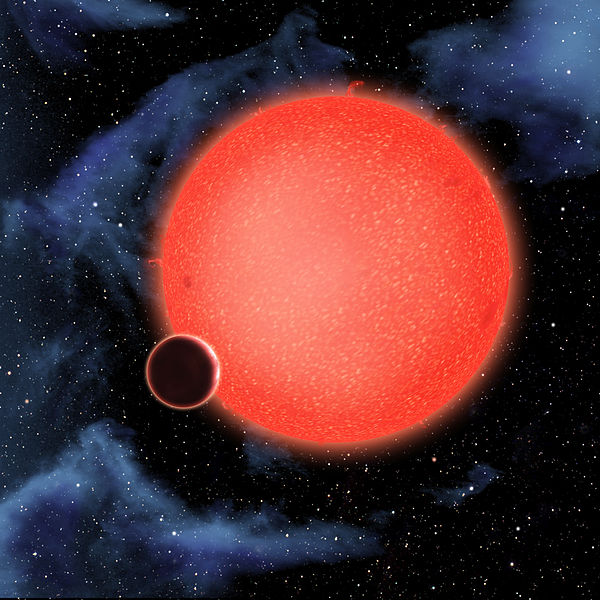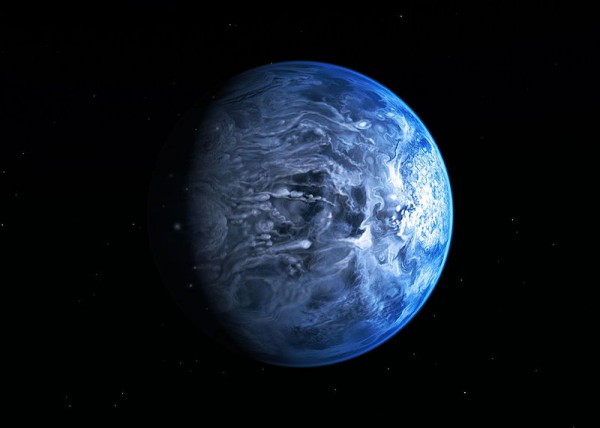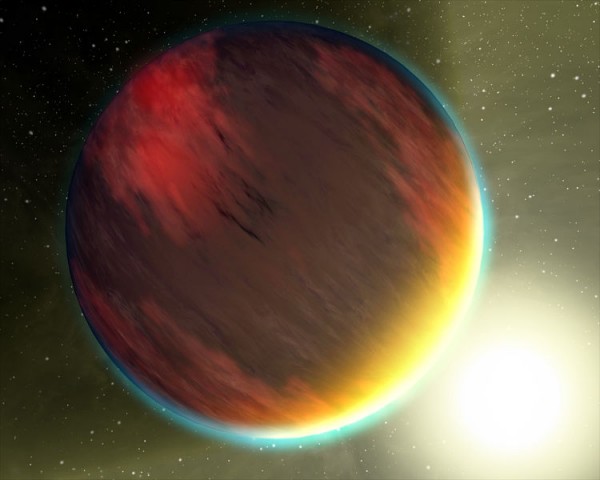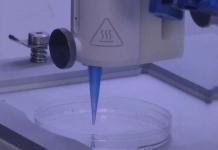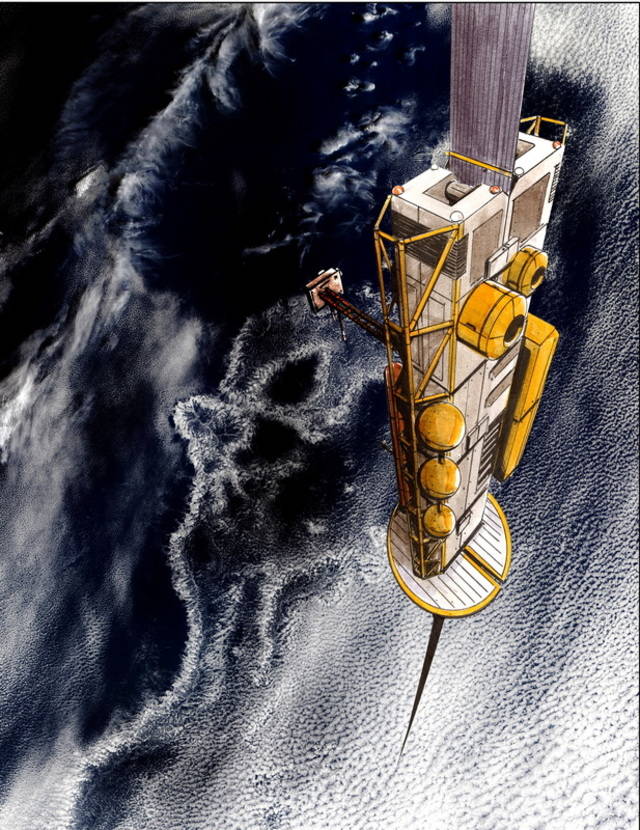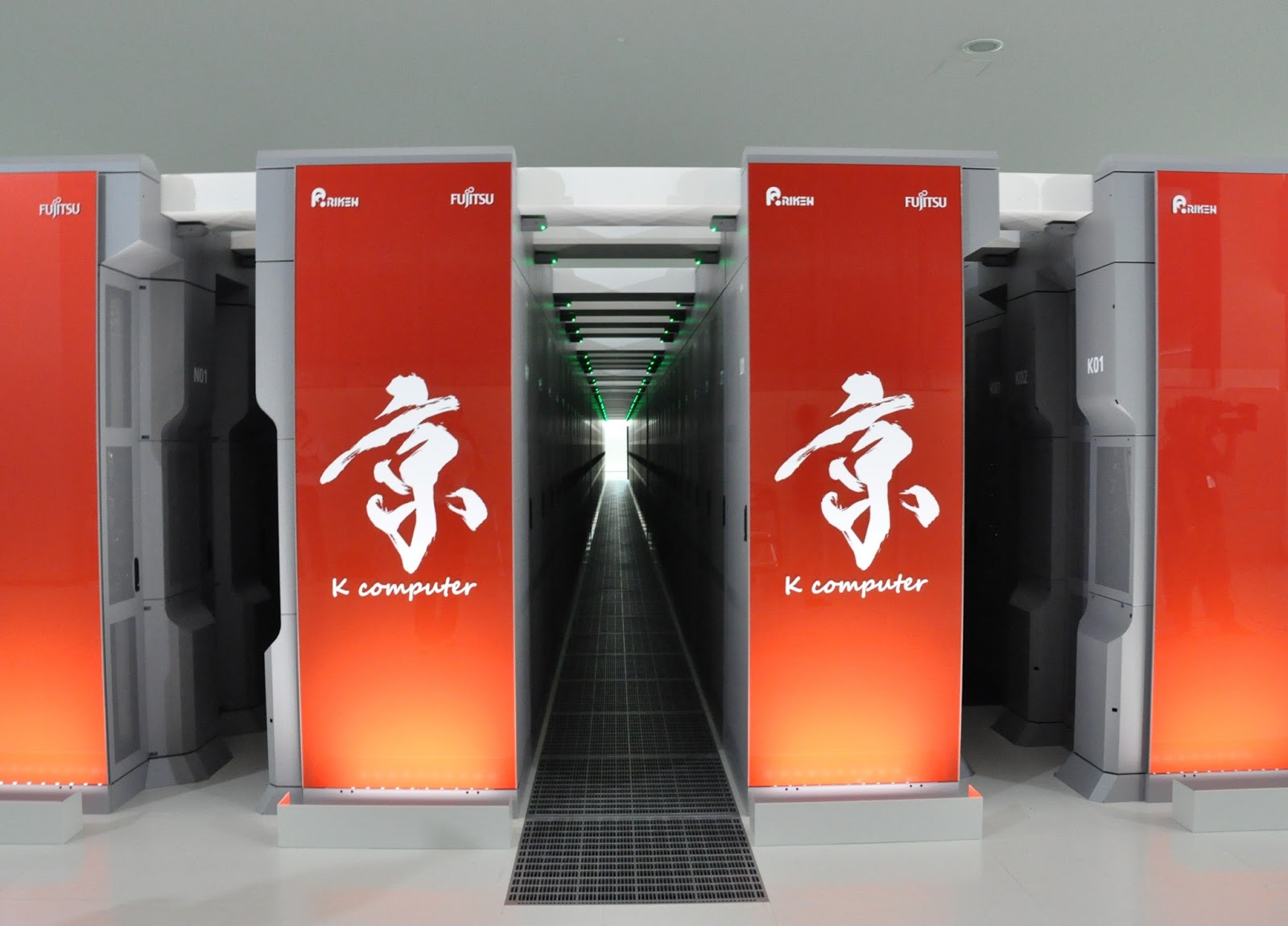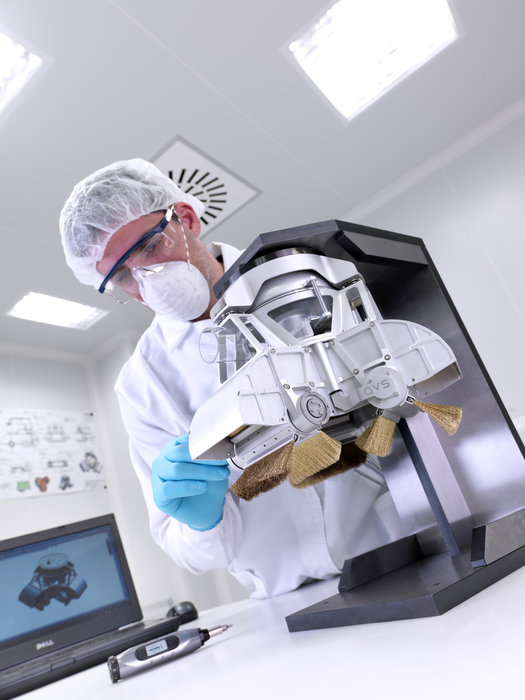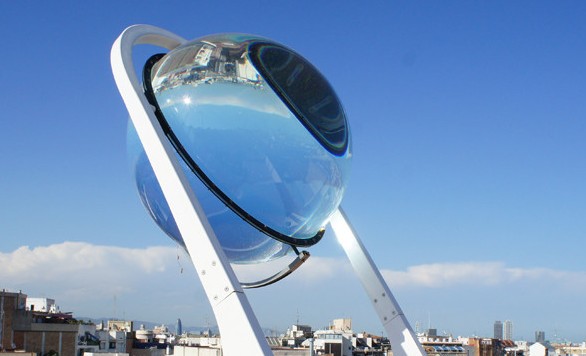Scientists keep making better telescopes in order to see further into the universe, hoping to find a planet with earth-like conditions that can sustain life. However, even those that seem promising early on due to coloring and other attributes always turn out to be false hope.
55 Cancri e
It might be a a carbon planet and not a water planet as initially thought, it is also tidally locked, meaning the same side is constantly facing its sun, and the planets water is probably in supercritical state: a gas and a liquid and topped with a layer of steam.
Fomalhaut b
“Only” 25 light-years away, it has an orbit route that lasts 2000 years continuously traveling through a huge cloud of debris surrounding its star, which probably mean huge chunks of ice rock pelt the surface in a never-ending barrage.
GJ1214b
Scientists are quite convinced that this is an ocean planet, and If it is a water world it could possibly be thought of as a bigger and hotter version of Jupiter’s Galilean moons. However, temperatures exceeding 450 degrees Fahrenheit mean there are features such as Hot Ice or Plasma Water.
HD 189733b
A planet that is 63 light years away from Earth The blue color comes not from the reflection of water, but an atmosphere of silicate particles. Combined with temps of 2,000 degrees Fahrenheit, it possibly rains glass through 4,500-mph winds. Despite it’s true-blue color, it’s not for us.
HD 209458b
About 150 light-years away from us, it is a dying planet that appears to be very comet-like. Its atmosphere is evaporating so fast it can be seen from space; hydrogen and oxygen are being ripped from their planet at almost 22,000 mph in temperatures exceeding 1800 degrees Fahrenheit.
If we could be living in space, these touristic promotional posters for life on Mercury and Mars would probably be filling the streets.


